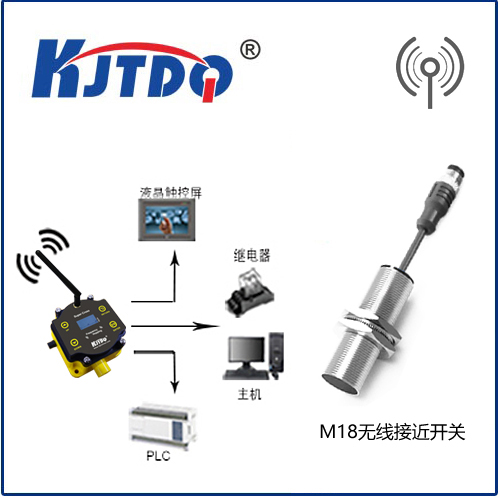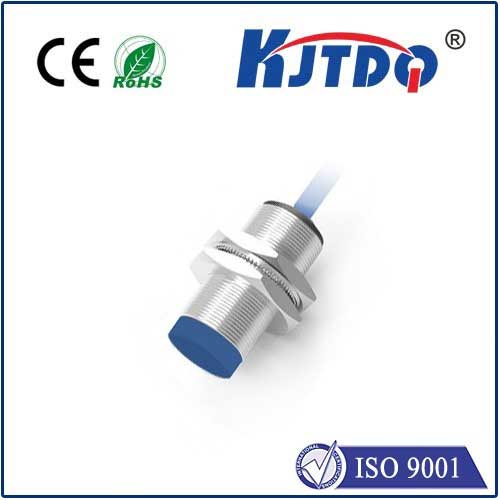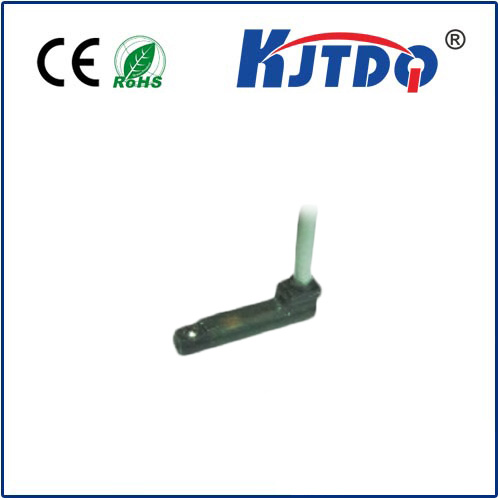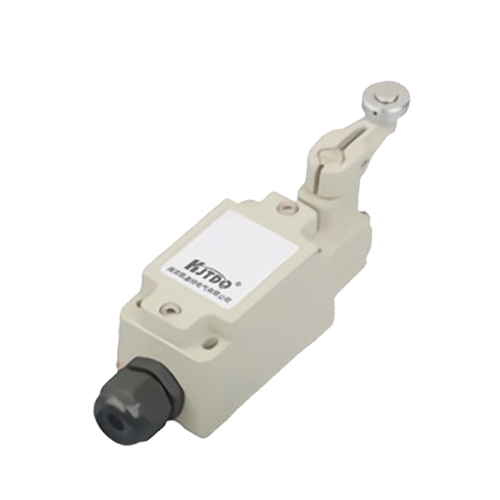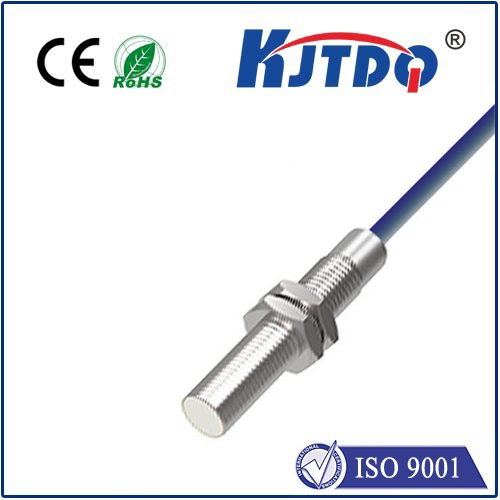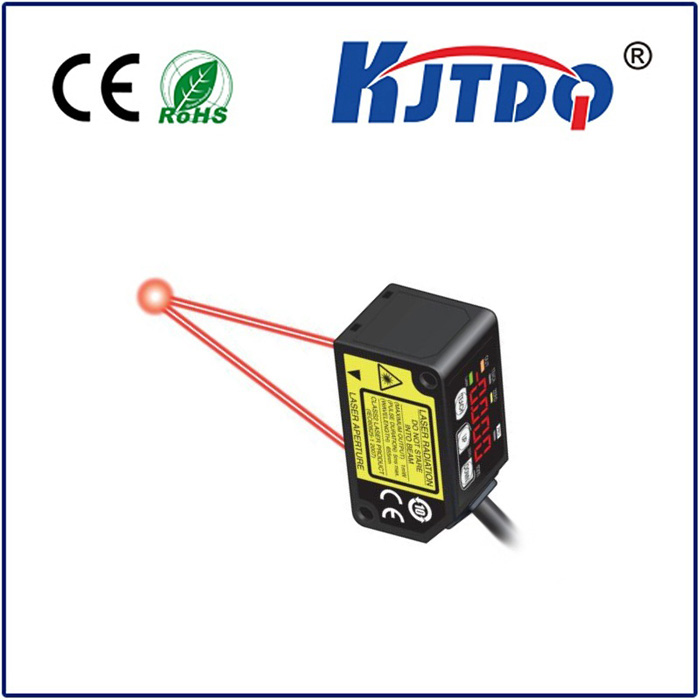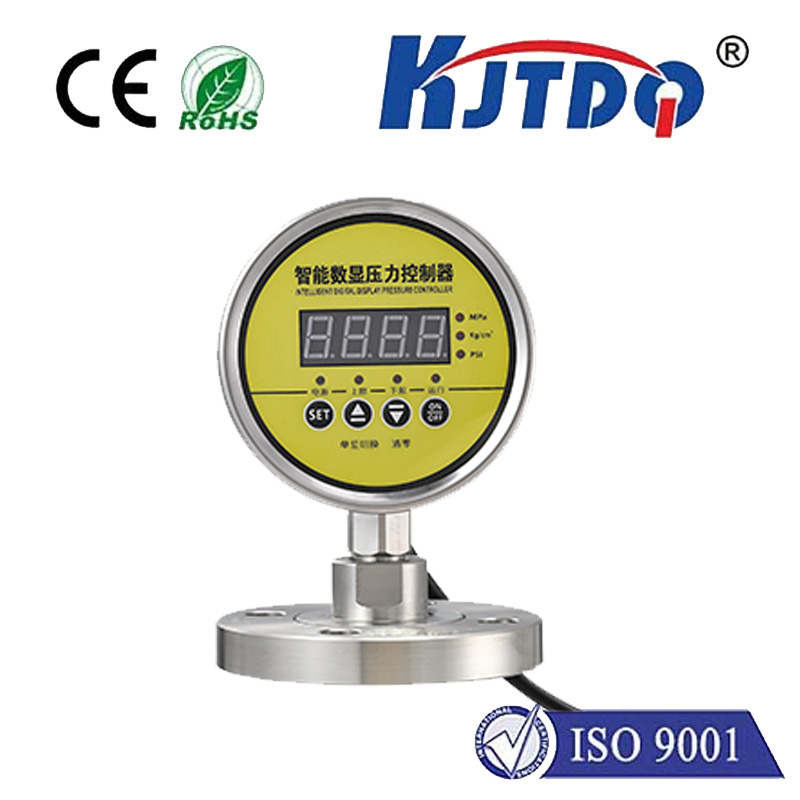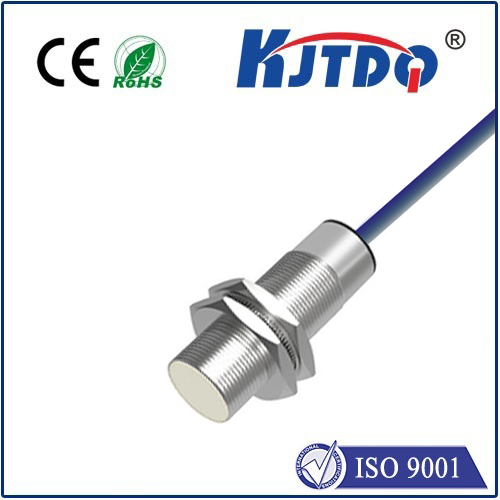E3T-FT13-M5J 0.3M micro photoelectric sensor
- time:2025-09-27 00:10:24
- Click:0
E3T-FT13-M5J 0.3M Micro Photoelectric Sensor: Precision Detection for Miniaturized Automation
Imagine precisely assembling components thinner than a human hair, verifying the position of microscopic parts within a medical device, or ensuring the accurate feeding of tiny materials in high-speed production. These are the frontiers of modern manufacturing and intricate automation, demanding sensors that are as small, fast, and precise as the environments they operate within. The challenge of reliable detection in incredibly confined spaces, amidst vibrations and demanding cycles, is a constant hurdle. Enter the E3T-FT13-M5J 0.3M Micro Photoelectric Sensor, a powerhouse of precision engineered specifically to conquer these micro-automation challenges.
This isn’t just another photoelectric sensor; it represents a significant leap in miniaturized sensing technology. Designed with meticulous attention to space constraints and performance requirements, the E3T-FT13-M5J excels where larger sensors simply cannot fit or where traditional detection methods falter due to size or environmental factors. Its compact M5 threaded barrel design (the “M5J” designation) allows it to integrate seamlessly into assemblies with critical space limitations, opening up new possibilities for automation design previously deemed impossible.
Core Strengths Defined

The “0.3M” in its name highlights one of its key specifications: a sensing distance of 300mm (0.3 meters). While this might seem modest compared to some long-range sensors, this specific range is meticulously chosen for close-proximity, high-accuracy detection tasks. It operates using the through-beam principle (T), where a separate emitter and receiver unit work together. The emitter projects a focused beam of infrared light, which is then detected by the precisely aligned receiver. Any object interrupting this beam triggers the sensor’s output. This method offers the highest possible reliability and immunity to background interference or target surface characteristics compared to diffuse reflective modes.
- Compact M5 Threading: The tiny M5 barrel thread enables installation in extremely tight locations where larger M8 or M18 sensors are physically impossible. This is crucial for modern machinery like semiconductor handlers, miniature robotic arms, and intricate assembly jigs.
- 300mm (0.3M) Sensing Range: Perfectly calibrated for applications requiring reliable detection within close quarters, ensuring accuracy without unnecessary range overhead.
- High-Speed Response: Essential for keeping pace with rapid assembly lines, pick-and-place robotics, and small-part sorting systems operating at high cycles, the sensor detects interruptions almost instantaneously.
- Exceptional Durability: Built to withstand the rigors of industrial environments, including potential vibration and incidental impacts common in densely packed machinery.
- Reliable Through-Beam Operation: Provides the most stable detection signal, largely unaffected by target color, texture, or background conditions, maximizing uptime and reducing false triggers.
The “Micro” Advantage in Action: Where Size and Precision Matter Most
The true power of the E3T-FT13-M5J 0.3M Micro Photoelectric Sensor shines in specific, demanding niches:
- Electronics & Semiconductor Manufacturing: Critical for detecting miniature PCBs, verifying component presence on densely packed boards, ensuring wafer alignment, and confirming connector insertion within automated test equipment and SMT lines, where space is at an absolute premium.
- Precision Assembly & Robotics: Enables vision-guided robots or intricate assembly arms to precisely locate tiny screws, micro-springs, seals, or delicate sub-assemblies before manipulation or joining. Its size allows integration directly onto end effectors.
- Microfluidic & Medical Devices: Verifies the presence or position of tiny vials, syringe plungers, caps, microfluidic cartridges, and delicate components within diagnostic analyzers or drug delivery systems. Reliable detection is non-negotiable for patient safety and device function.
- Small Part Counting & Sorting: Perfect for counting miniature screws, pins, beads, or electronic components on high-speed feeders or conveying tracks before packaging. Its precision prevents jams and miscounts.
- Textile & Filament Handling: Detects the presence and correct threading of fine yarns, threads, or filaments in looms, braiding machines, or 3D printer feeders, preventing costly breaks or tangles.
Implementing for Success: Best Practices
While the E3T-FT13-M5J is inherently robust, maximizing its performance requires careful consideration:
- Precise Alignment: The effectiveness of the through-beam method hinges critically on precise alignment between the separate emitter (E3ZF) and receiver (E3T-F) units over the 300mm distance. Dedicated mounting brackets designed for M5 sensors are highly recommended to achieve and maintain this alignment, especially in environments with vibration. Even slight misalignment can drastically reduce sensing reliability.
- Minimizing Ambient Light Interference: Although inherently resistant, direct intense sunlight or powerful artificial light shining directly onto the receiver lens can potentially overwhelm the sensor’s detection circuit. Whenever feasible, installing protective shrouds around the emitter and receiver or utilizing models with modulated light (if available) significantly enhances immunity to such interference.
- Selecting the Right Configuration: The sensor comes in Dark-ON (light operates, output OFF; beam blocked, output ON) or Light-ON (light operates, output ON; beam blocked, output OFF) logic variants. Choosing the correct logic output (NPN or PNP) compatible with the host controller (PLC, robot, etc.) is essential for seamless integration.
Enabling the Next Generation of Automation
The relentless drive towards miniaturization in electronics, medical devices, and advanced manufacturing doesn’t just demand smaller products; it necessitates equally miniaturized yet highly capable sensing solutions. The E3T-FT13-M5J 0.3M Micro Photoelectric Sensor is more than just a small component; it is a fundamental enabler of intricate automation and precision manufacturing. By offering reliable object detection in spaces where compact dimensions were once a limiting factor, this sensor empowers engineers to design more sophisticated, efficient, and reliable machines. It’s a critical tool conquering the unique challenges presented by the micro-world of modern industrial automation.






